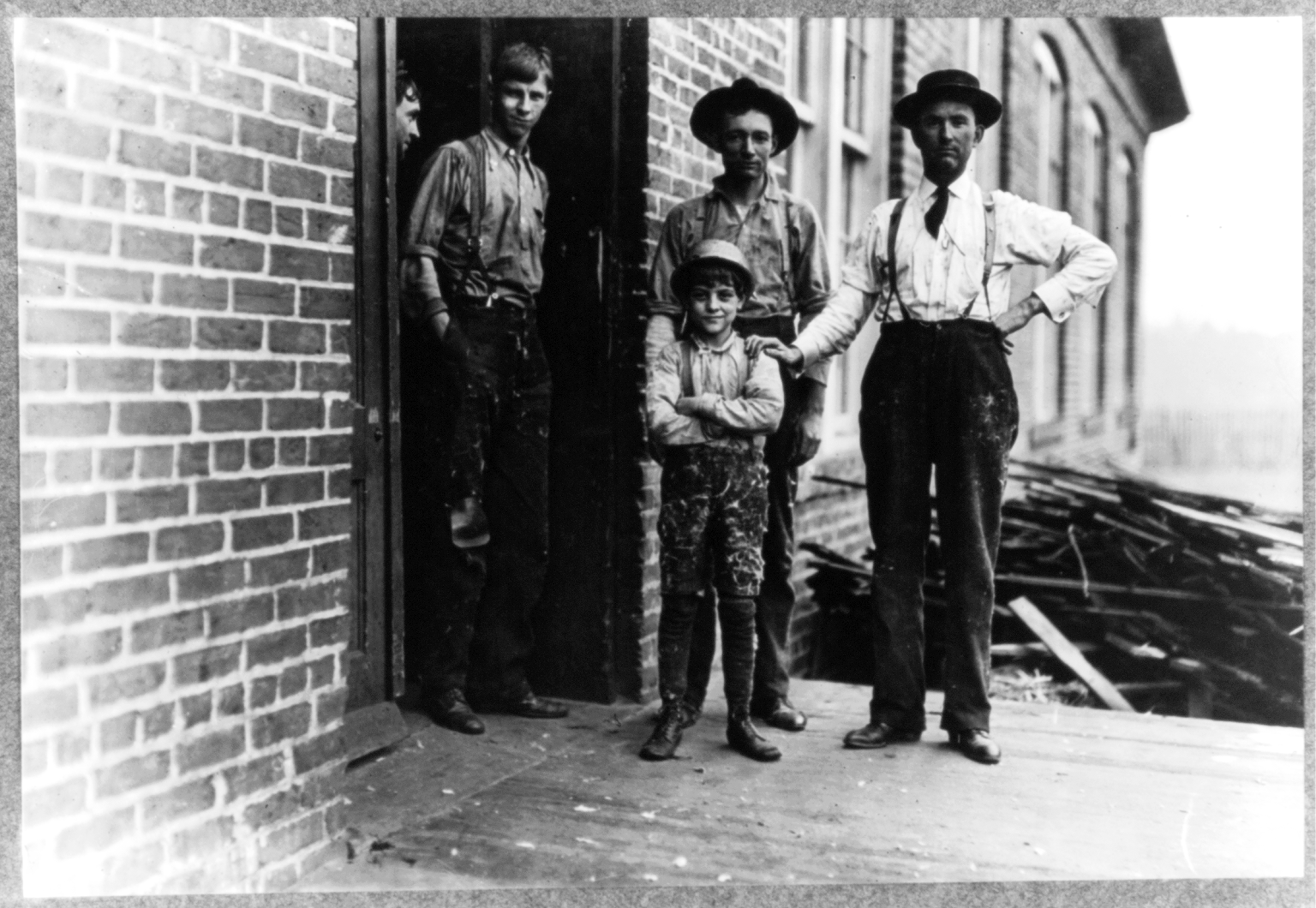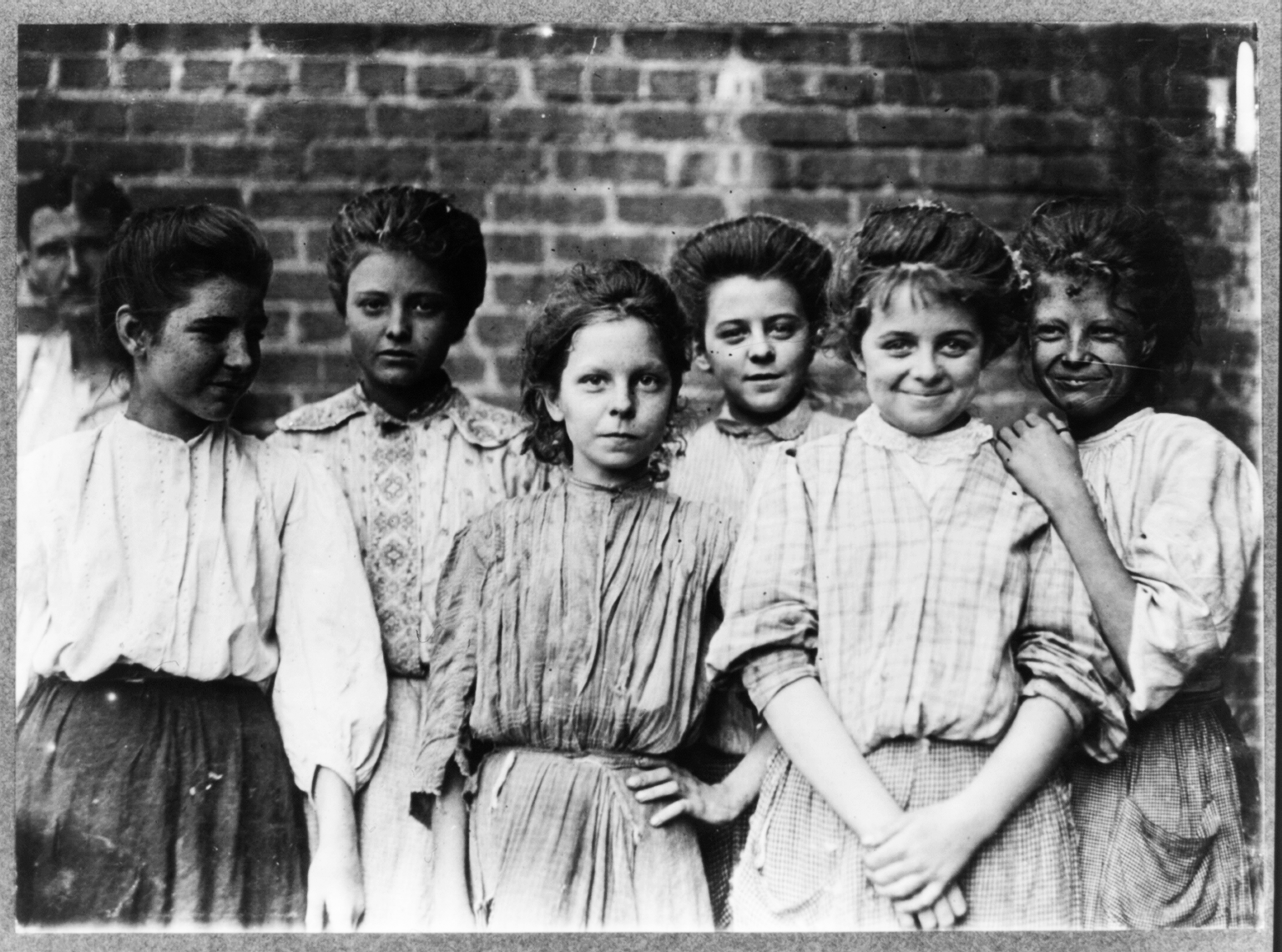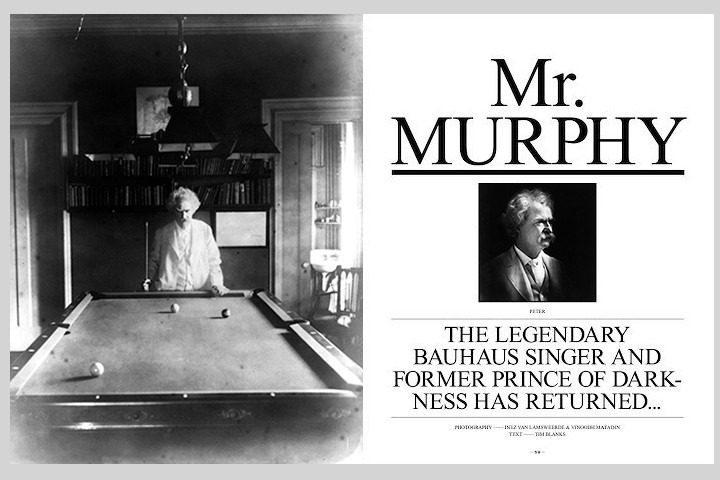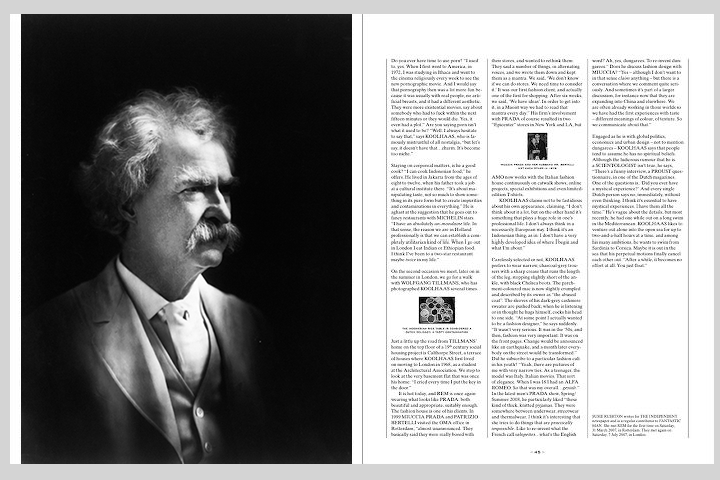Our added value
The experience of our own time is mediated through images, but we tend to represent the past in a verbal-discursive way. In its attempts at establishing a reliable reputation a resource like Wikipedia exhibits an extremely conservative take on representing knowledge: an image that goes along with an article is never more than an illustration in the literal sense of the word.1 2
This why all the images we know of child labor show unhappy children: we come across these images in the context of our story of the condemnation and subsequent abolishment of child labor.
But when browsing through contemporary image archives, you will find most images show smiling children. This makes perfect sense: a photographer's visit is a special and exciting occasion. It's the shock we get when confronted with these images that suddenly makes it possible for us to relate to our past. By freeing the image from its iconic role, we can stop seeing what's depicted as nothing but logical step in a larger story. We can identify, both with the children that are depicted, and the photographer taking the picture.



On the pictures taken for the American National Child Labor Comittee, most children look happy.

Our archives house many photographs of Hitler, and he smiles on most of them.



When you see his picture on the back of a book, Mark Twain is a long dead writer. When you see the whole series, you see he was a super star.3

Forms we employ for ironic effect did not start out that way.
1 cf 'Wikipedia, the deeply conservative and traditional encyclopedia'
All The Modern Things, 2008
2 cf 'Interactieve presentatie handschriften'
Museum Meermanno-Westreenianum, 2003
3 Original spreads: Fantastic Man
Eric 08 02 2009
TrackBack URL: http://labs.ericschrijver.nl/mt-tb.cgi/379
Laat een reactie achter